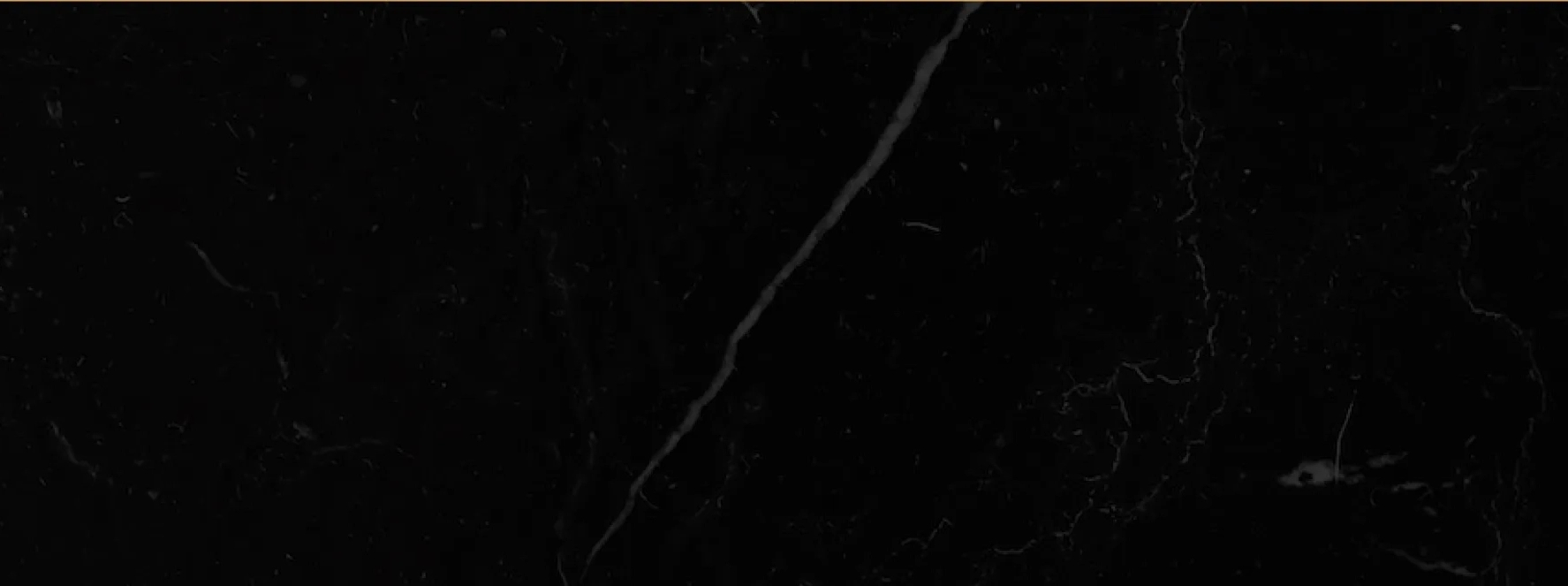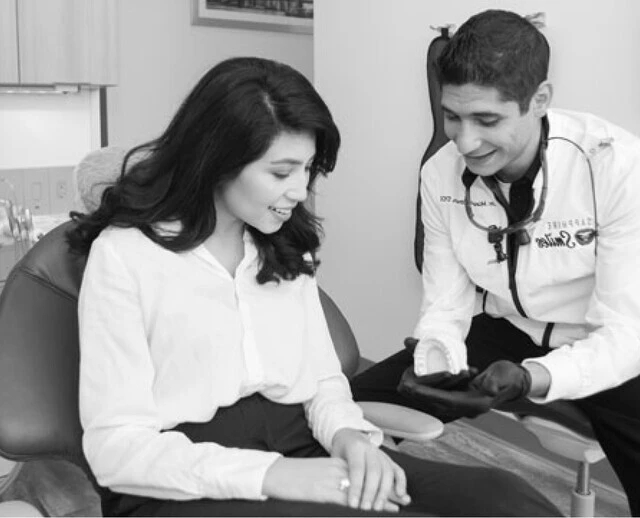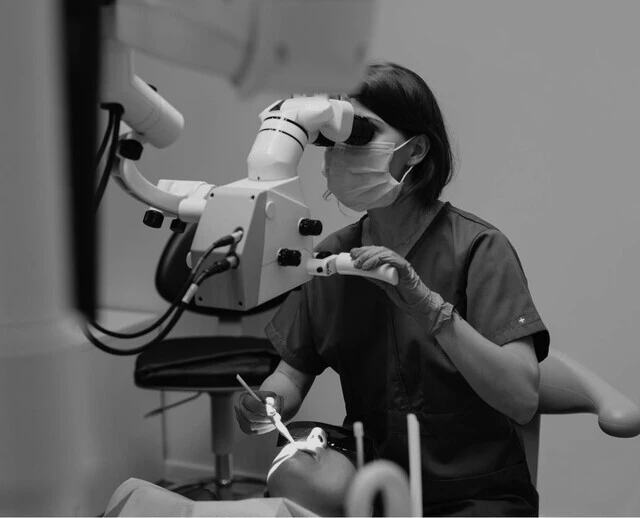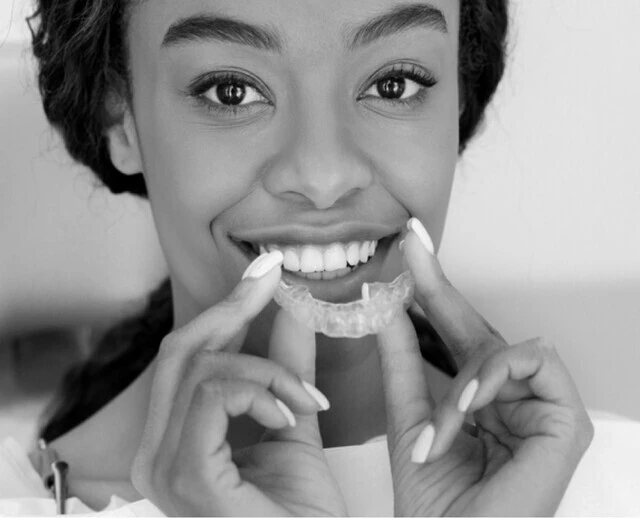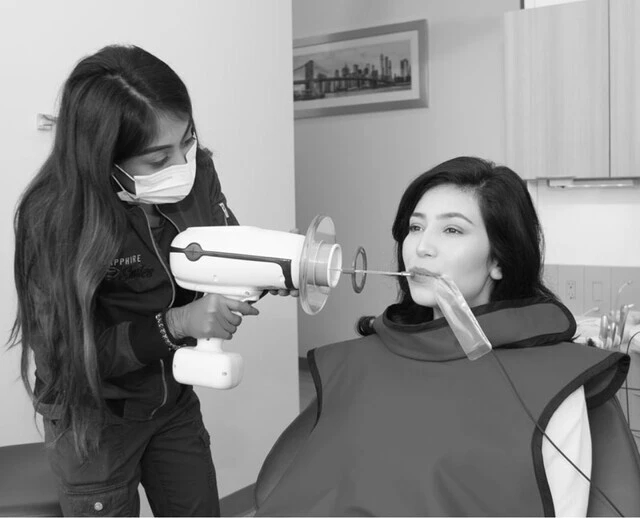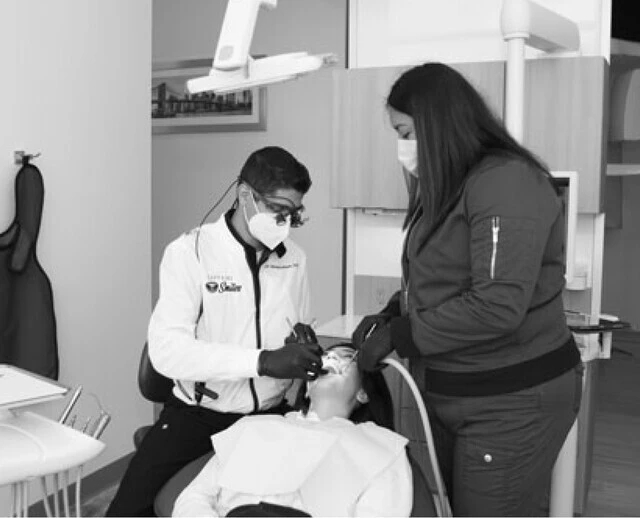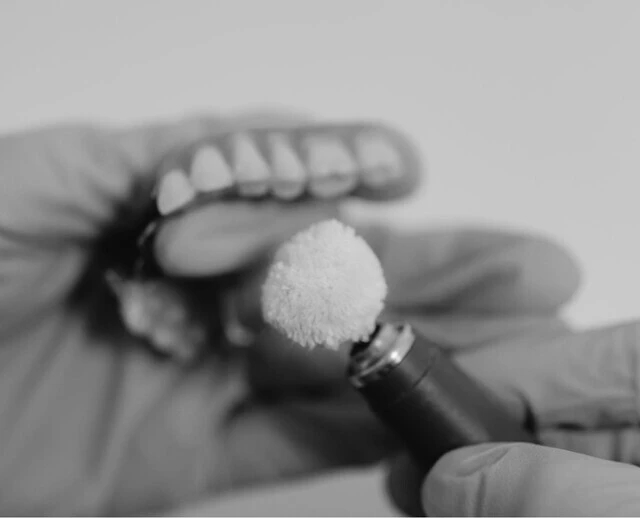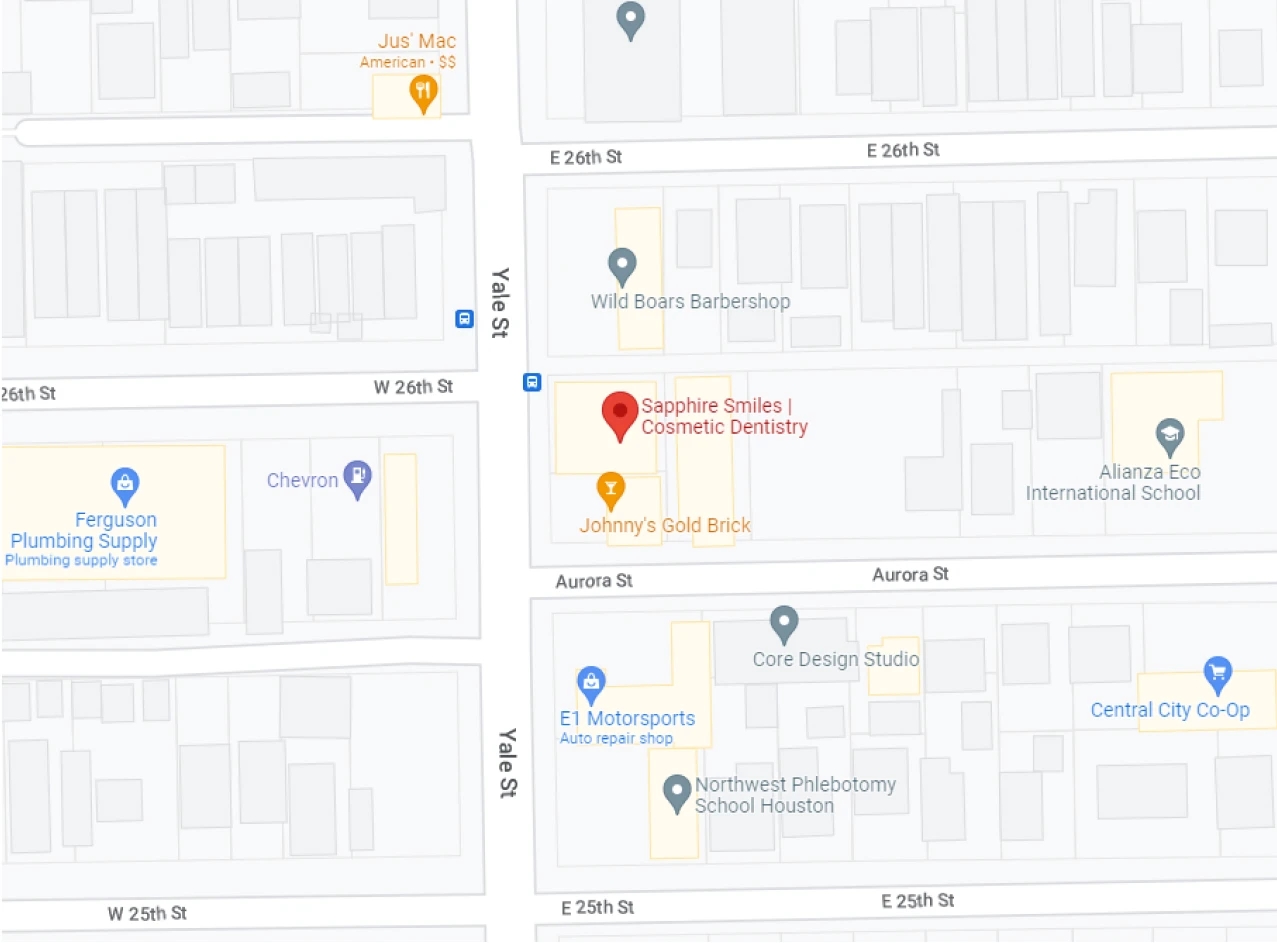
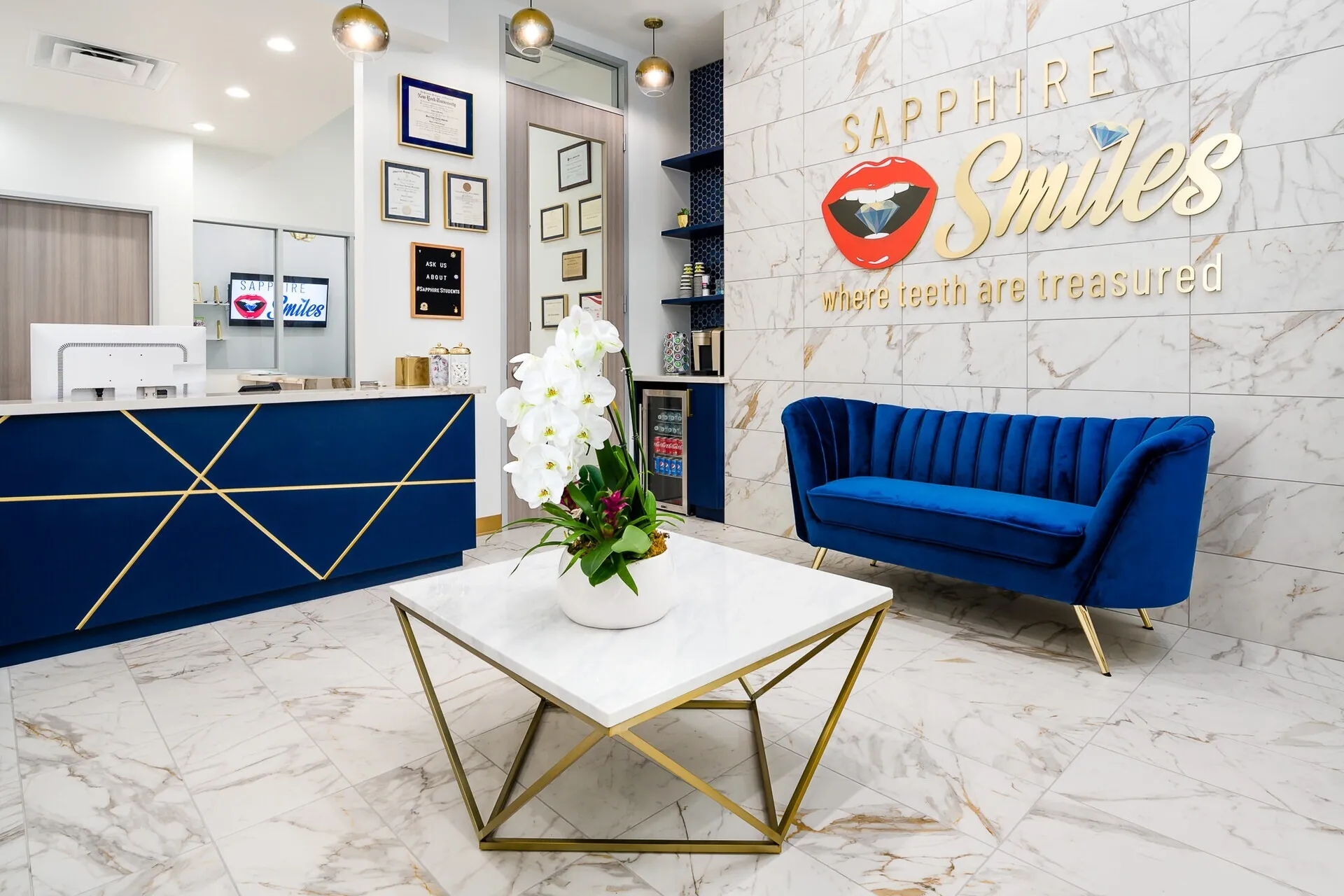

Leading Cosmetic

A healthy smile is a precious thing, which is why you should never settle for less than the best when you need dental work.

Whether it is for a routine checkup and cleaning, a cosmetic or restorative procedure, or complex oral surgery, you can rest assured that your smile is in good hands at Sapphire Smiles, where teeth are treasured.




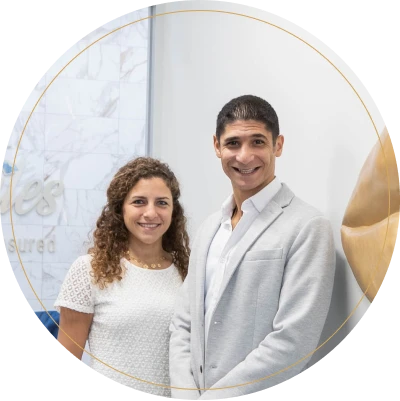
Meet Our Doctors
Drs. Mary and Mina Antoun are graduates of NYU College of Dentistry, where they finished at the top of their classes, both academically and clinically, and won multiple awards for their proficiency in aesthetics. Upon graduating, they moved to Texas, where they began to establish themselves as two of the top-rated dentists in Houston.
With more than 12 years of dental experience, Dr. Mina & Dr. Mary together have created Sapphire Smiles with the aim of offering superior individualized dental care to all patients. They are especially known for their customized approach to cosmetic dental procedures.
Rounding out our exceptional dental team is board-certified periodontist Dr. Ernest Erian, making Sapphire Smiles one of the most renowned dental groups throughout Houston, Texas.

Our State-of-the-Art Dental Experience
Advances in dental technology have made modern dentistry far more effective and efficient, and the patient experience is far more comfortable than ever before. Sapphire Smiles is always working to stay ahead of the curve with the advanced dental solutions we provide.
We use cutting-edge cone beam CT scanners, intraoral cameras, and laser technology to achieve more accurate diagnoses and provide better results to patients looking to maintain great oral health and achieve the beautiful smile they’ve always wanted. We also provide TVs on the ceiling and Beats headphones to help ease your anxiety and allow you to actually enjoy your experience.
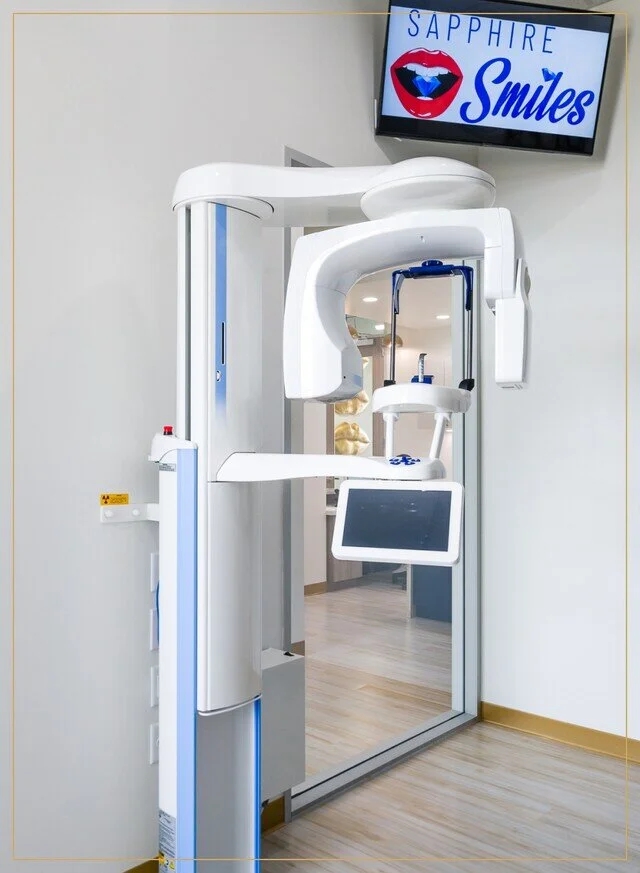
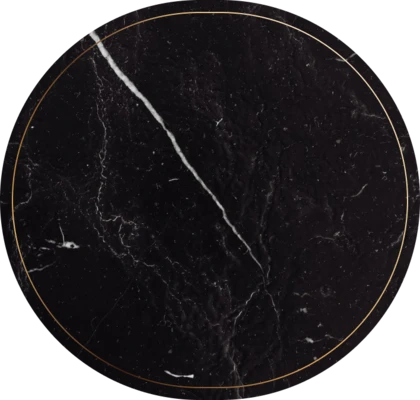



Enjoy the Confidence of a Brilliant Smile
It can be difficult to feel good about yourself if you can’t feel good about your smile. Dental issues can hurt your self-esteem, damage your confidence, and have an overall negative impact on your everyday life.
At Sapphire Smiles, we offer the kind of superior individualized care that can not only transform your smile but change your life as well. Instead of feeling shame when you flash your teeth in public, you can smile with a sense of pride and newfound confidence. The first step is a virtual consultation.
Custom Tailored Cosmetic Dentistry
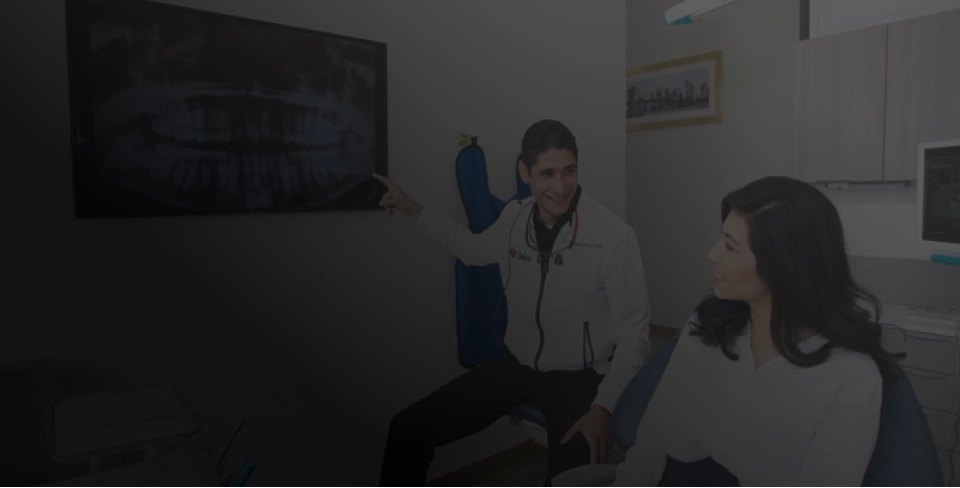
Do you want to improve your smile?
Do you have a dental concern?
We are working hard to make sure your dental needs don't have to wait! Connect with us today and get all of your questions answered for free in three easy steps.

Upload a smile photo or photos, or area of concern.

Our doctors will create a personalized video with recommendations and estimated cost.

View your video and schedule an appointment. Videos take 7-10 days.
Personalized Care Creates Exceptional Outcomes
No two smiles are exactly the same, and your dental care should reflect that. The team at Sapphire Smiles provides all of our clients with personalized care that aims to address your oral health issues in a way that is most comfortable and effective for you. Our dental practice is family owned and we treat every patient like a member of our family. Our aim is always to achieve the most exceptional outcome possible, and this sets us apart from other dental clinics.

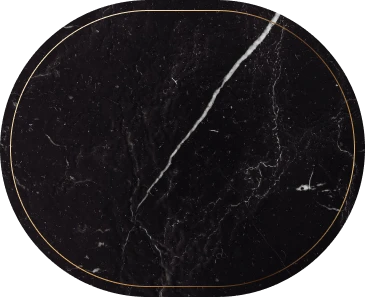
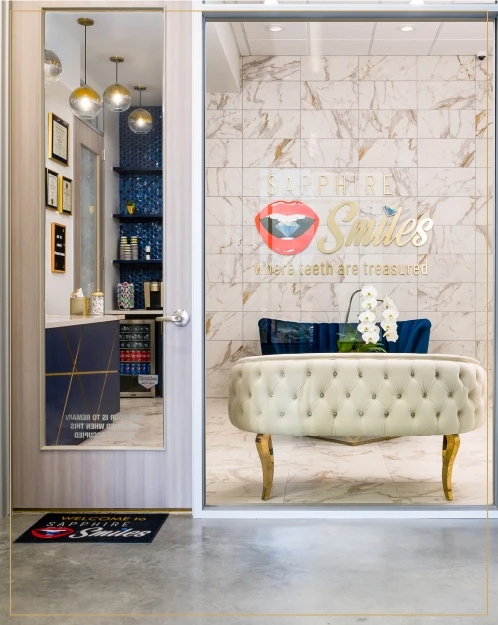

Why Choose Houston’s Top Cosmetic Dental Group?
When you choose the team at Sapphire Smiles, you won’t just receive superior dental services; you’ll receive superior dental care. We’re committed to providing an unmatched experience to our patients so they feel as comfortable as possible while they’re achieving the smile of their dreams.
Dr. Mary and Dr. Antoun love creating a connection with their patients so that they can better understand their needs, and they have built a talented team with the same perspective. When you want only the best in dental care, Sapphire Smiles is the answer.






Sapphire Smiles

Monday 9AM–4PM
Tuesday 10AM–5PM
Wednesday Closed
Thursday 9AM–5PM
Friday 9AM–4PM
Saturday By appointment only
